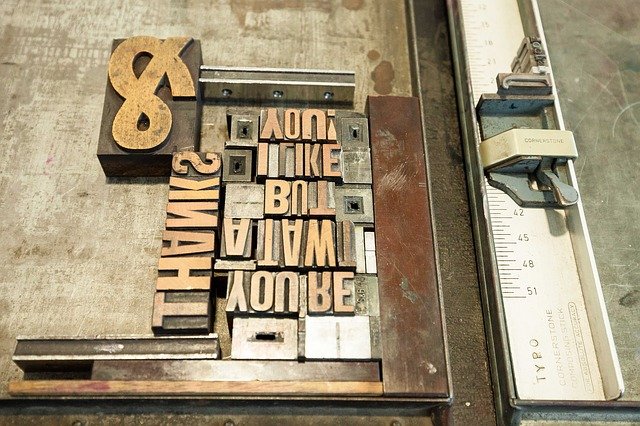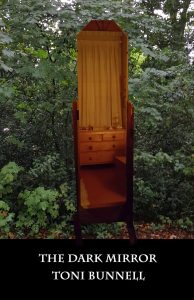Toni Bunnell (www.ToniBunnell.com) was born in Manchester and now lives in York, after a few years in Heidelberg, Germany. She is a singer songwriter, musician, broadcaster, hedgehog rehabilitator and a wildlife biologist with a PhD in polecat behaviour.
Toni lectured in physiology for sixteen years at Hull University, conducting research in the fields of chemical ecology and hedgehog conservation, welfare and ecology. She has appeared many times on radio and television, including Countryfile, Love Your Garden and, in 2015, The One Show. In 2017 Toni was awarded an Animal Action Award by IFAWUK, at the House of Lords, for outstanding achievement in the field of hedgehog care and conservation.
To date, Toni has published four works of non-fiction and eight works of fiction, all available as paperbacks. In addition, there is the recent publication of a song book containing one hundred of her songs, written in the folk genre. This has been well received and is titled: Across the Years.

In 2013 I decided to self-publish my first work of fiction. I had self-published a non-fiction work a few years previously. Music Makes a Difference: A Practical Guide to developing music sessions with people with learning disabilities. The drive to write and self-publish the book came after completing five years of running music therapy sessions with groups of people with special needs. Obtaining an ISBN was easy, as was typing up the book, complete with diagrams, photocopying it, and getting it ready for release. At the time, ring-bound books were considered acceptable and the book sold well, with good reviews.
Rolling on to 2013, I decided I wanted a more professional finish for The Fidgit, my book of Faery stories. I happened to come across a poetry book that I liked the look of, in terms of its formatting and finish. I bought the book and used it as a prototype for mine. The book had flaps, something not typical for a fictional work. Nevertheless, I adopted this style and also opted for a matt laminate finish. I then contacted the printer that had printed the poetry book and asked for quotes for printing The Fidgit. The quotes were within my budget and I ordered two hundred copies.
I hasten to add that I spent a great deal of time in book shops, looking at sizes of books, layout etc. I then formatted my book in a style that suited my needs. I also commissioned an artist friend to draw some pictures to illustrate the story. I scanned these and saved them as jpegs. I then inserted them at appropriate points in the story line, using Microsoft Word.
I continued with this approach for my next self-published book, a non-fiction book about hedgehogs. I used flaps again, plus a laminate finish. In this instance, I had a multitude of colour photos that I inserted in the relevant places in the book. I also bought a bar code, as well as an ISBN. I inserted these by ‘embedding an image within an image’ on the rear cover, in addition to a QR code that I had obtained for my website.
My original printing company was no longer taking on short runs so I turned to another: Shortrun Press Ltd. Based in Exeter, they are excellent and I have worked well with them over the years. To date I have self-published twelve books. When it comes to printing paperback versions of my books, I opted to use a printing company that best served my services. I needed somewhere that would deal with short runs, such as a few hundred books. However, although there were many printing firms local to York, where I’m based, they only deal with leaflets etc.
It must be pointed out that, having formatted the text files myself and designed the cover, I email the text files and covers to the pre-press division at the printing firm, print-ready. This is in direct contrast to how I dealt with printers in the past. Many years ago I produced the artwork for song sheets and publicity leaflets to promote myself as a singer songwriter on the folk scene. Back then, using a local printer had its advantages as you could take the hard copy of the artwork to them and discuss what you wanted. However, when it became possible to submit artwork and text files electronically, there was less benefit in using a local printer. Nowadays, of course, all text files and artwork can be submitted to the printer of your choice using email or, in the case of bigger files, WeTransfer.
In addition, it goes without saying that the more books you have printed, the lower the unit price. I usually get two hundred printed off at a time and they are shipped out to me by courier. Before I give permission to go to press, the printers send me an unbound copy to check. I then submit a revised version of the text files/cover design. This is followed by them sending me a soft copy, electronically, to check over.
I find this system works very well for me. I have total control over each stage of the process, and the final product is second to none.
Final Words
While there is little doubt that the large companies control the distribution channels, it’s reassuring that there are still local printers around for authors who want to maintain even more control over the quality of their books.
Who do you print with? If you’re new to publishing, would you try a local printer or stay with the convenience of the larger online platforms? As always, we’re interested to hear your thoughts on our FaceBook page, the Utility Fog Forum.


